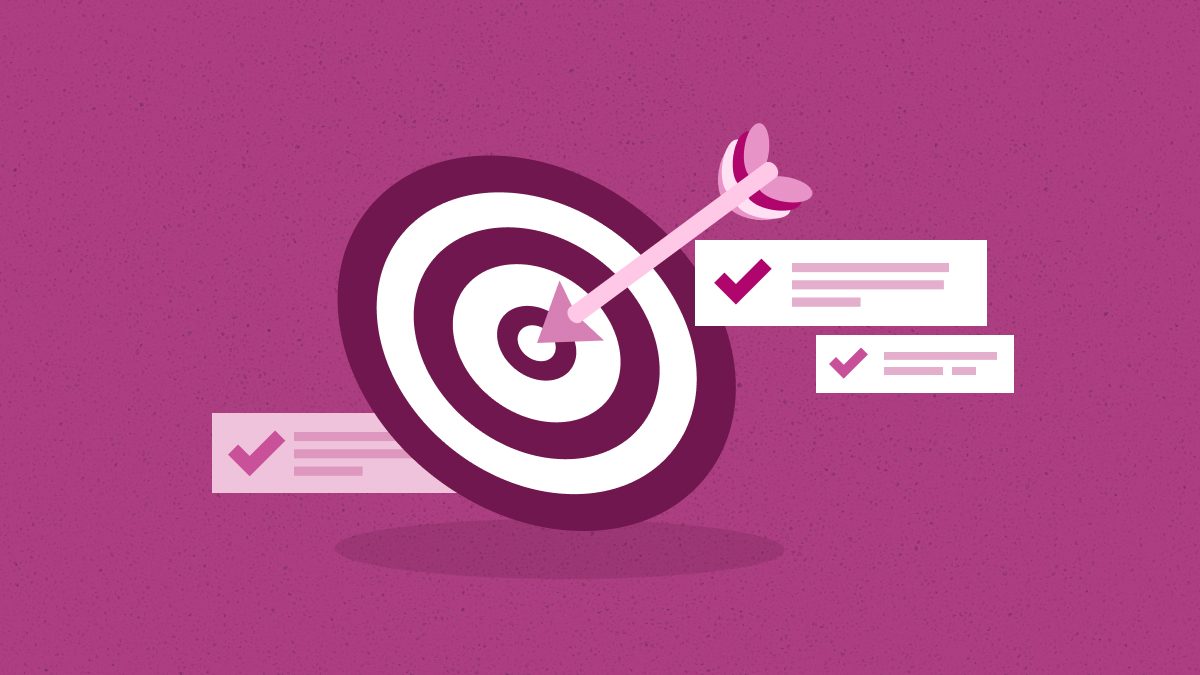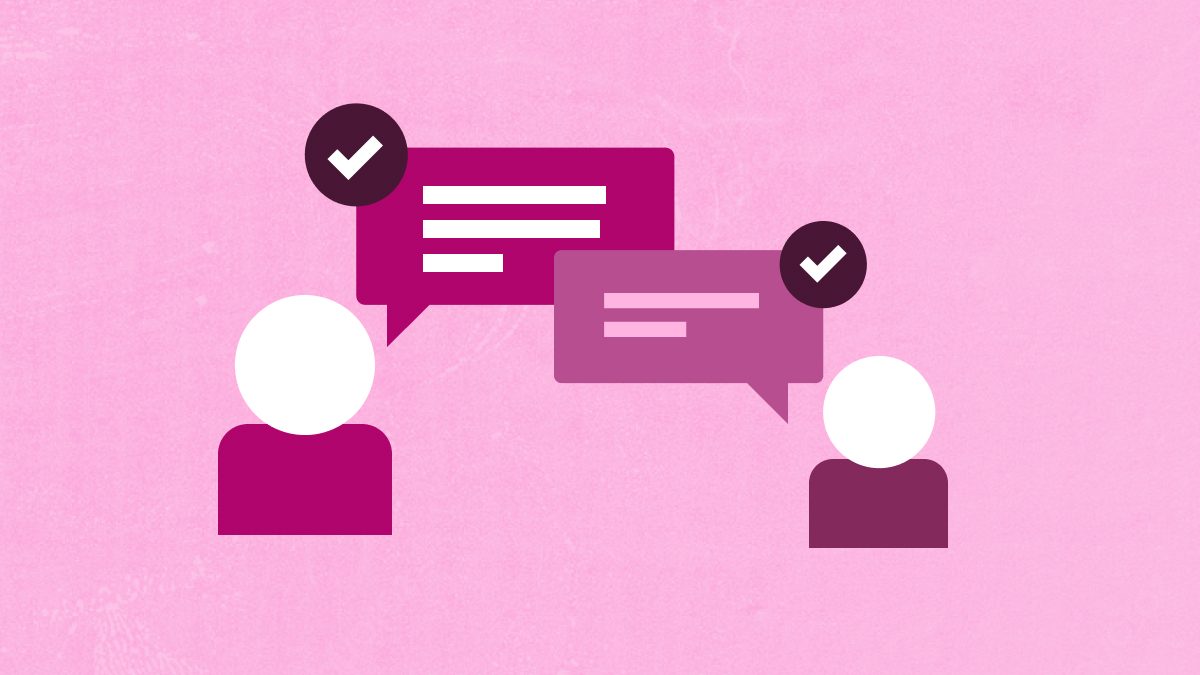Glossary about Risks Prevention
Risks Prevention
Risks Prevention
After costs risk is the next thing that a business works on reducing. This is why is it vital to reduce and prevent risks. It helps ease the negative impact the risks can have on the project and on the business itself.
Managers work hard on somehow preventing risks as it would help the project reach completion without additional resources. Risks can also increase the burden and would need a deep solution and that would take time. Before the initial stages when the risks are identified, risk prevention can help eliminate the risks to some extent.
What is Risk Prevention?
Risk prevention is the process of avoiding risks. It can also help reduce the probability and the impact of risk to the project.
Risk prevention is an important tactic to prevent some of the risks which can have a serious negative impact on the project. As risk cannot be eliminated, it can be prevented. There are different ways how it can be prevented at an early stage of the project.
Difference Between Risk Management and Risk Prevention
Risk prevention and management are the most common words used during any project. These processes work for the same basic goal. However, risk prevention is used when the risk only has a negative impact.
Risk management is then used when the risk has both a negative and positive impact on the project. Both have some distinctive features regarding their uses.
Risk Prevention Elements
Mentioned below are the common elements of risk prevention process. Each piece is there to serve its purpose and help the business achieve its goal for the project.
- Risk Identification and Analysis
Risk identification is the process of identifying risks associated with every stage, and decision of the project. It can be any factor that can bring risks with it to the project or the business.
However, risk analysis determines the triggers and impact of the identified risks.
- Risk Avoidance
Risk can be avoided only to an extent. Some methods to avoid risk can be altering strategies, processes, decisions, or actions. All these can be changed in some way to have minimal risk to the project.
- Risk Reduction
Risk reduction is the tool used to reduce the probability and the impact of the identified risk. This helps reduce the risk to a level and can have minimum impact on the project.
- Risk Contingency
Everything strategy needs a backup plan. The risk contingency plan is what the managers will do if the risk occurs and what they have planned to do.
- Risk Minimization
Risk minimization is the tool used to reduce the impact of the risk to the project. The main goal is to reduce the impact of risks as low as possible. Every manager works to minimize the risk and make everything easier.
Final Words
Risk prevention is an essential tool to prevent and minimize risks. All this is an essential part of risk management. Risk prevention is the best way to treat risk.




